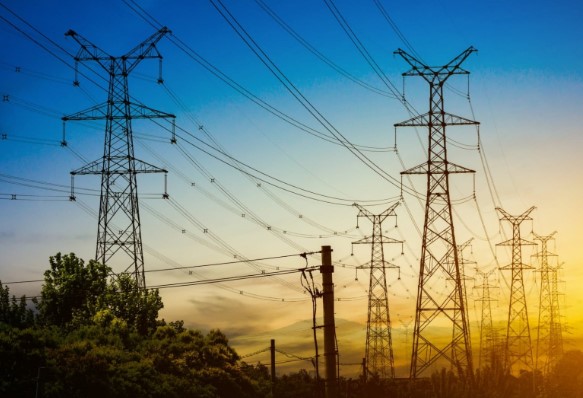Between January and August 2025, Morocco’s electricity production rose by 5.3%, marking a significant acceleration compared to the same period in 2024, when growth stood at just 2.3%. The uptick reflects a strong rebound driven by both private sector contributions and increased output from the national utility.
Private electricity producers saw a 7.5% boost in their output, while the National Office of Electricity and Drinking Water (ONEE) recorded a 5.7% increase. Together, these two sources have helped meet the surging domestic demand, which has been climbing alongside Morocco’s ongoing economic recovery.
Net electricity consumption jumped by 6.7% year-over-year, propelled by a revival in industrial activity and rising demand across households. By the end of August, residential electricity usage had surged by 15.4%, reinforcing the upward trajectory that began earlier this year.
To keep pace with this growing need, electricity imports rose sharply—up 27.5% over the same period. At the same time, exports declined by nearly 30%, underscoring the government’s current focus on prioritizing internal supply over cross-border trade.
Not all sectors of energy production fared equally. Renewable energy, specifically that produced under Morocco’s Law 13-09 framework, fell by 11%, following an exceptional spike of 39.3% the year before. This decline highlights the inherent volatility of renewable sources and raises concerns about the stability and consistency of green energy output.
While the recent numbers point to a healthy recovery and a responsive energy sector, they also signal mounting pressure on Morocco’s energy supply system. The Ministry of Finance’s Directorate of Studies and Financial Forecasts (DEPF) emphasized the urgent need to expand the role of renewables in the national energy mix. Strengthening green energy capacity, the agency noted, will be key to sustainably meeting the country’s growing consumption needs in the years ahead.





